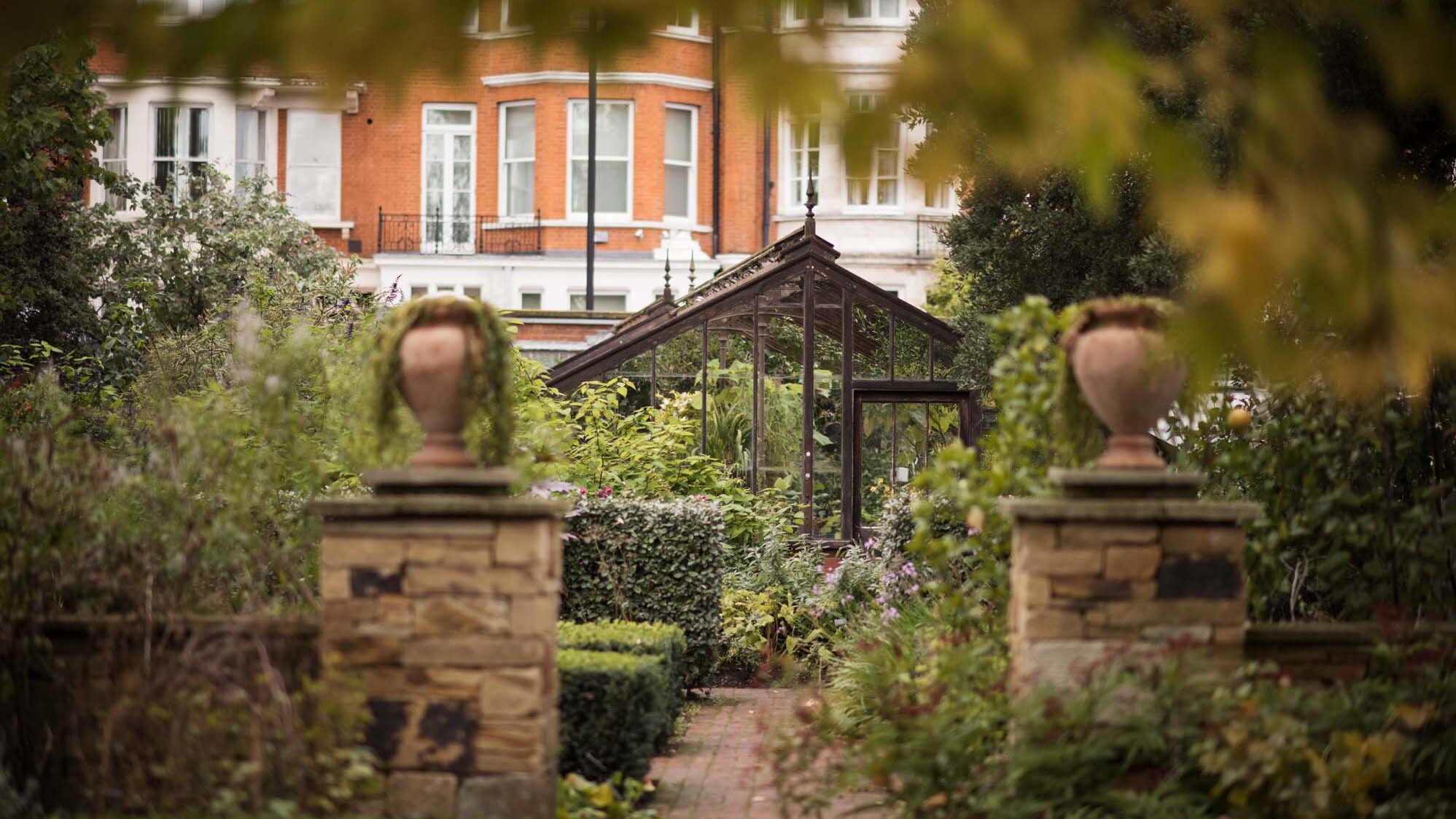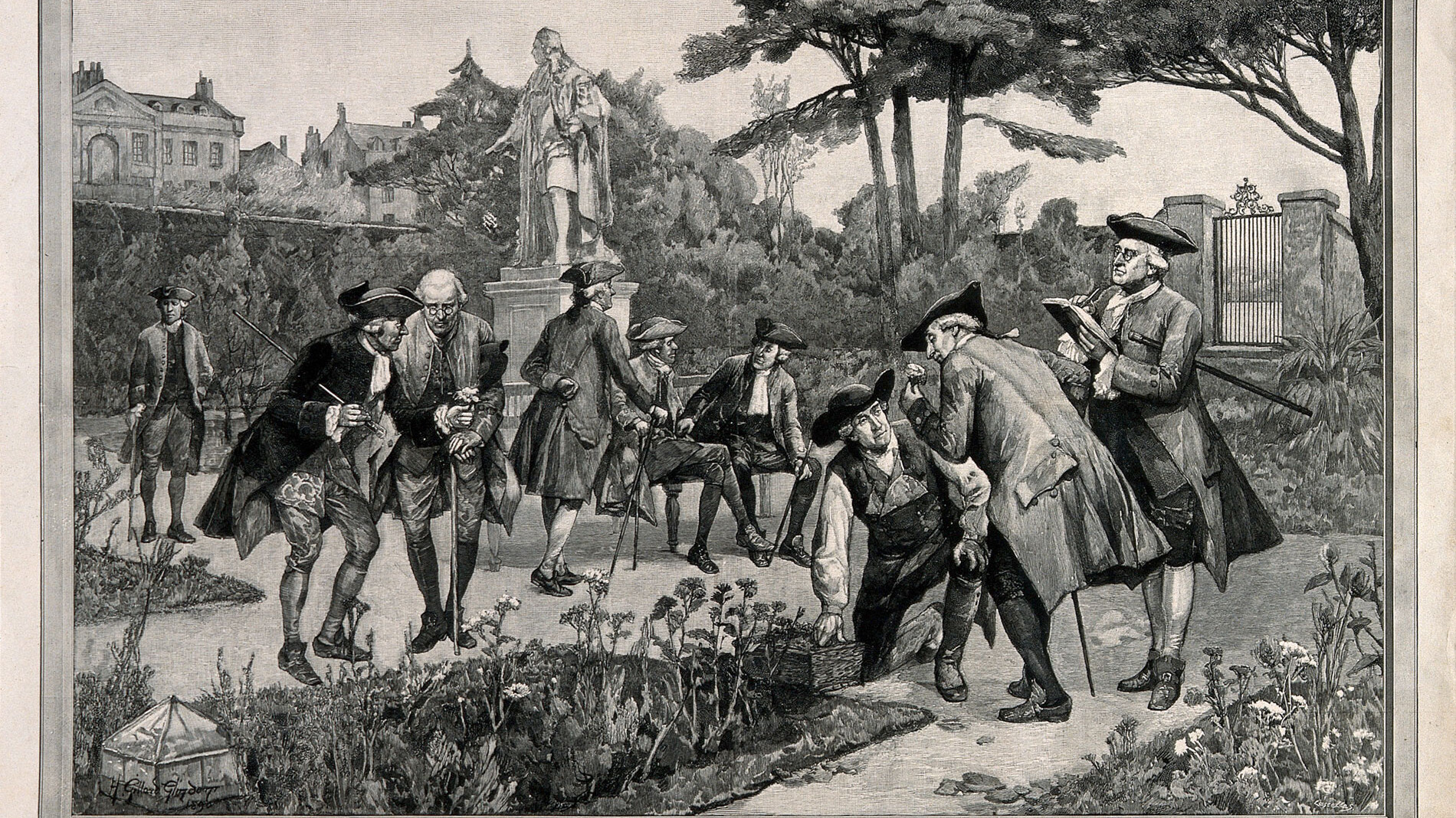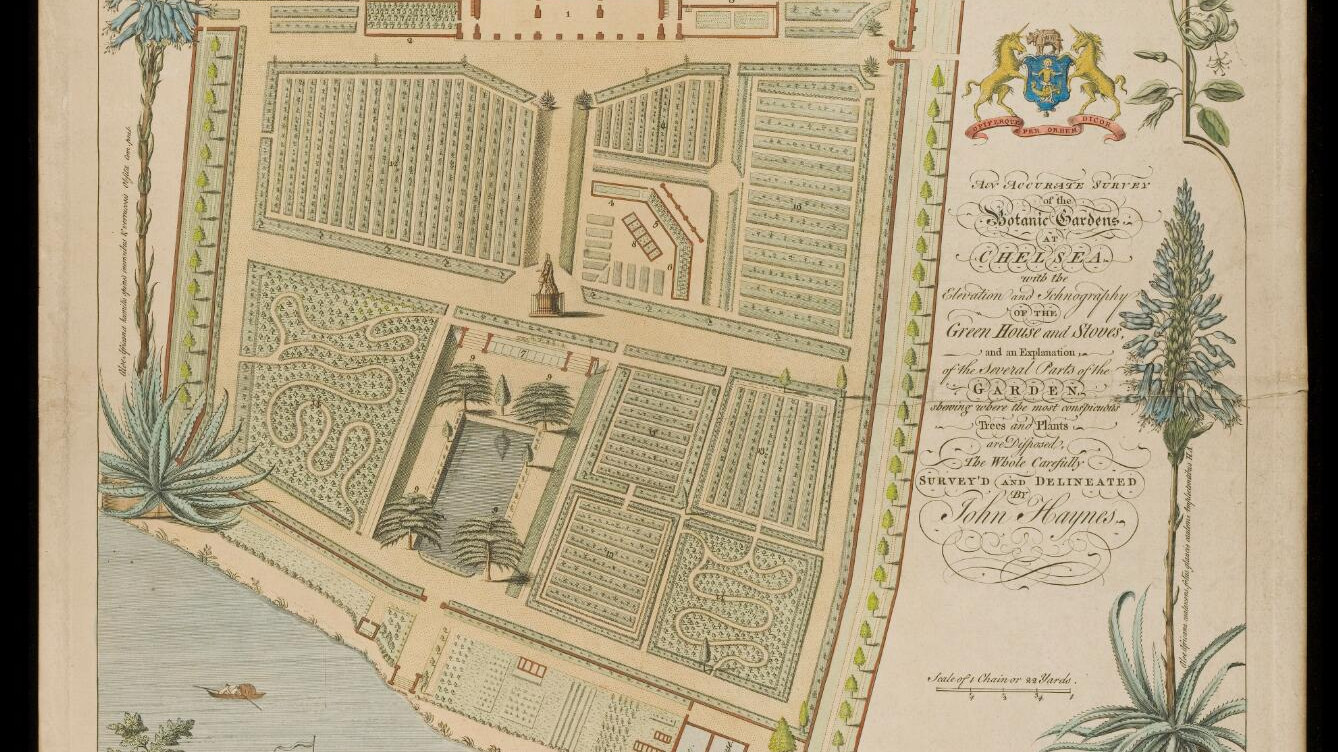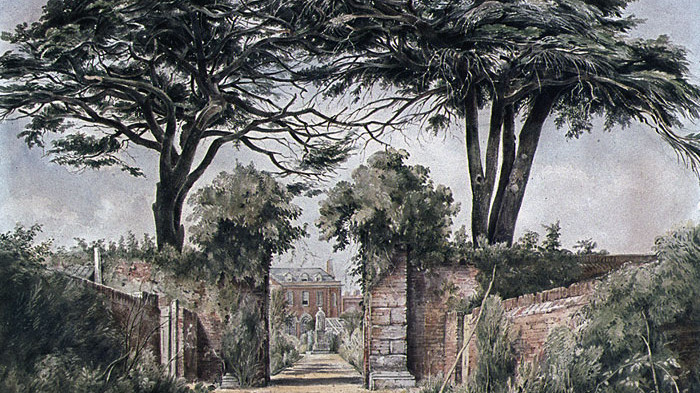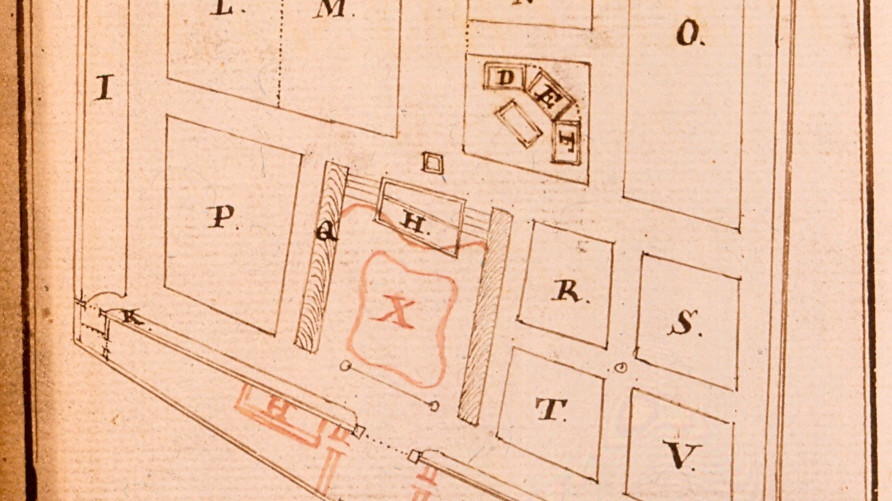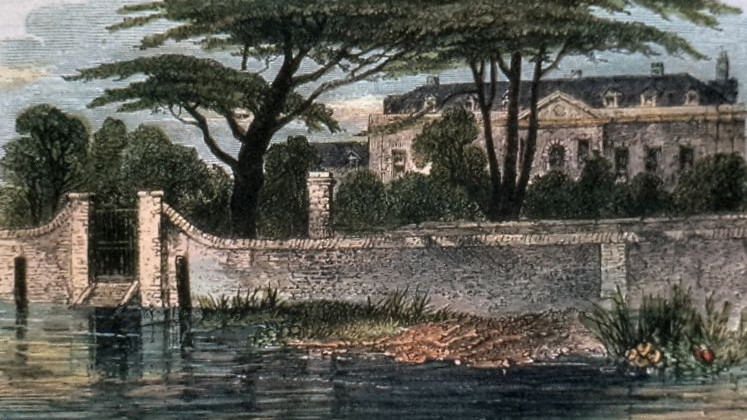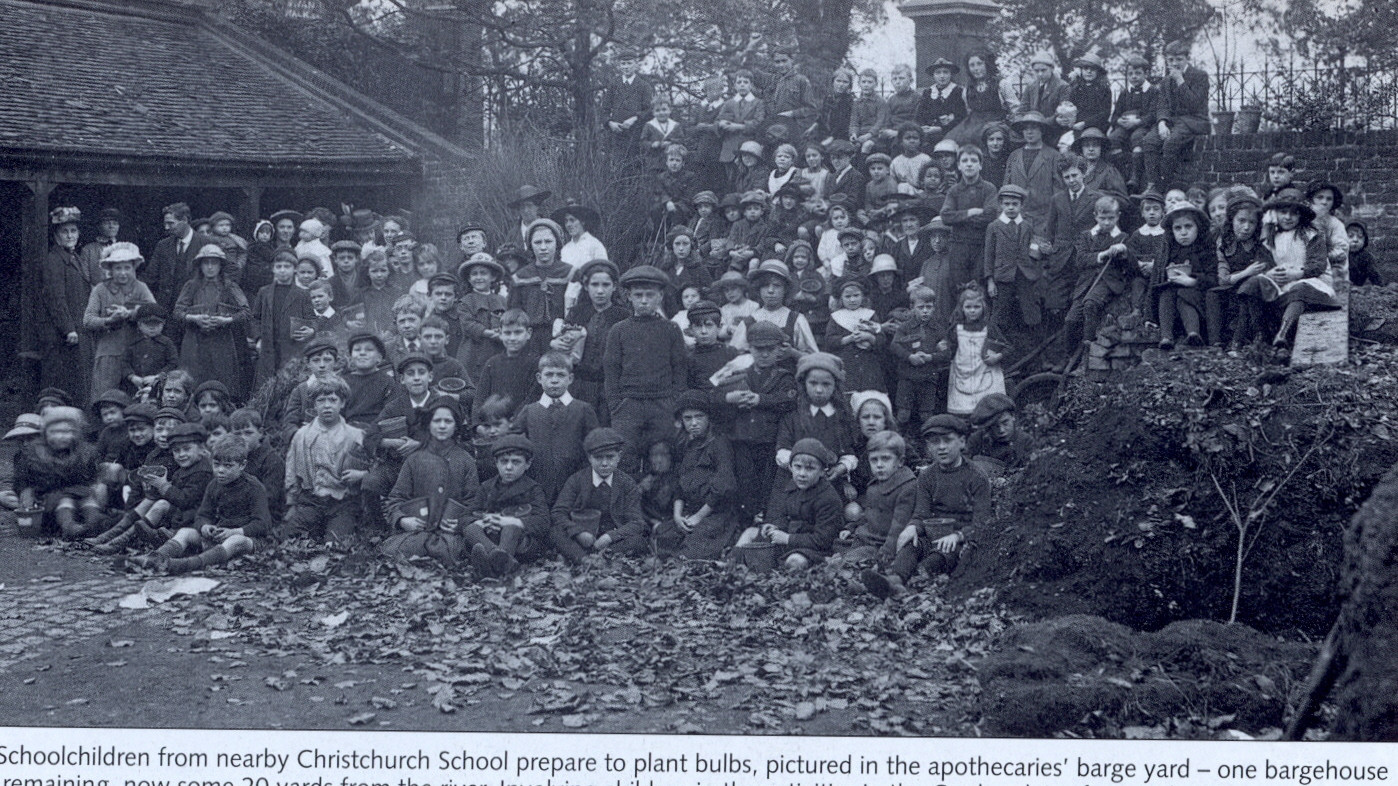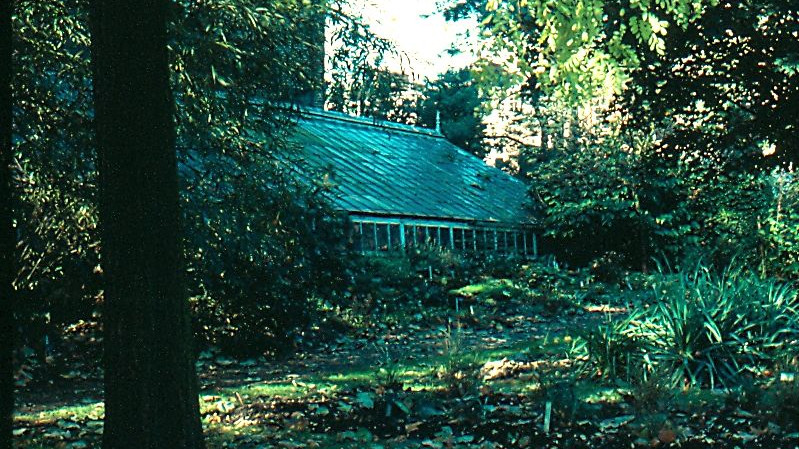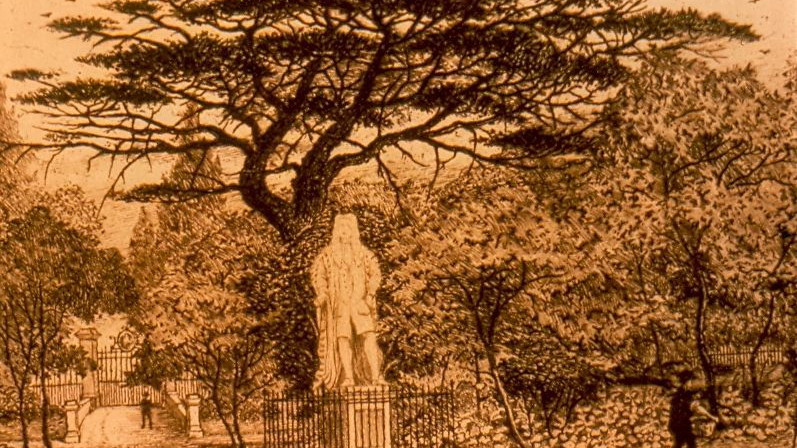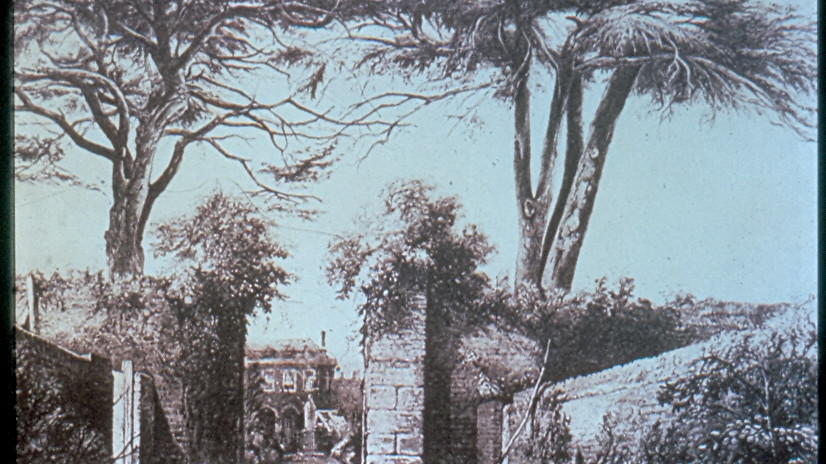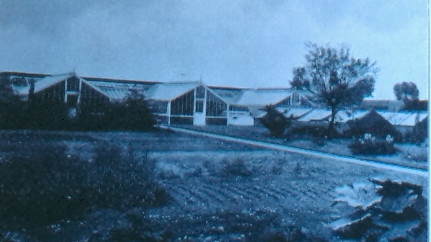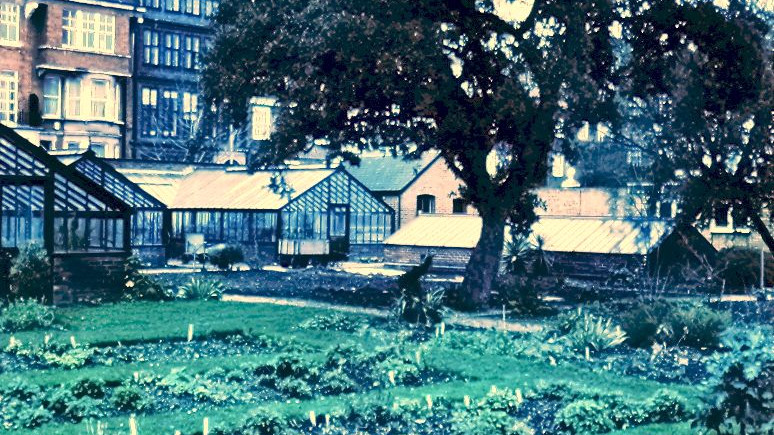History of Chelsea Physic Garden
Since 1673, Chelsea Physic Garden has been evolving with the world around it. Today, as a four-acre green space in the heart of London, the Garden contributes to the city’s biodiversity and provides a place for people to connect with nature. Chelsea Physic Garden’s plant collection is the only botanic garden collection focused entirely on medicinal, herbal and useful plants.
1600s
1673
9 October 1673. The Worshipful Society of Apothecaries of London lease the land for 61 years from Charles Cheyne.
1676/7
The wall is constructed around Chelsea Physic Garden, providing a microclimate.
1680/1
First Glasshouse is built in the Garden, it is heated by a stove.
1682
International seed exchange programme is established, which continues today.
1685
The first Cedar trees of Lebanon to grow in England are planted in the Garden.
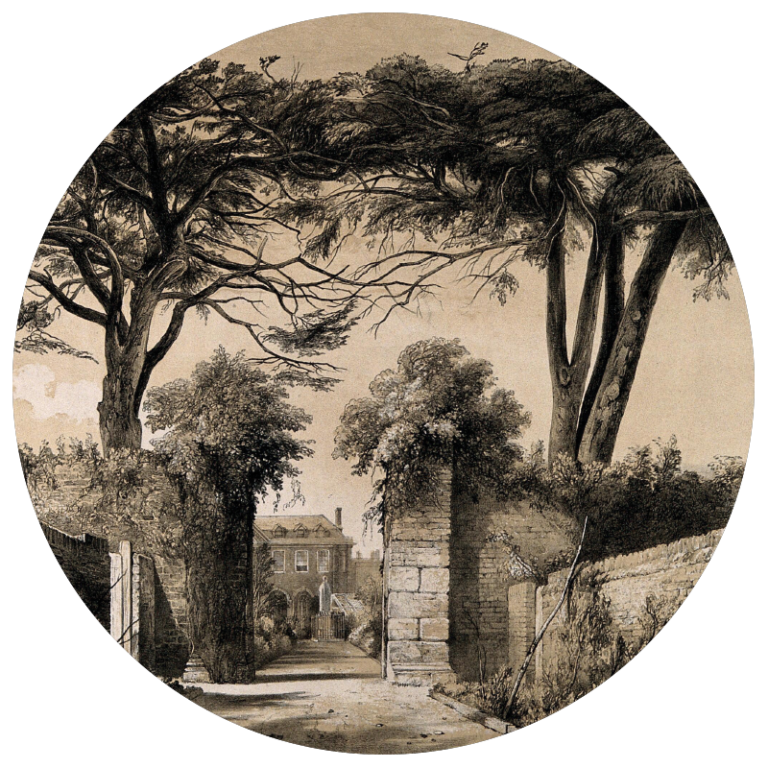
1694
King Charles II builds the King’s Road, which remained a private royal road until the 1830s.
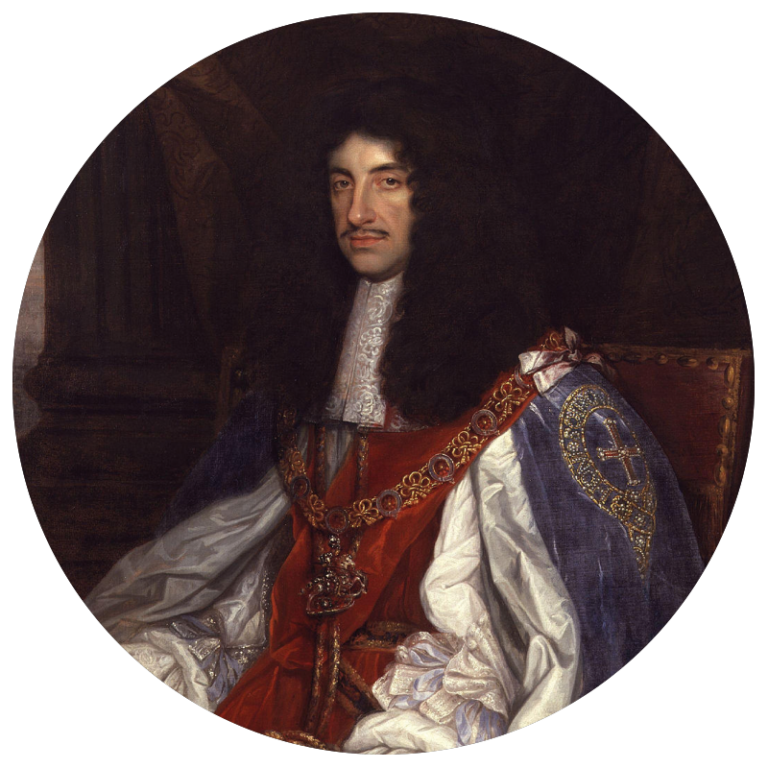
1700s
1718
Sir Hans Sloane first proposes gifting the land Chelsea Physic Garden is on to the Apothecaries. This is agreed in 1722, and the Garden is now protected for future generations providing it maintains and grows “good and useful plants”.
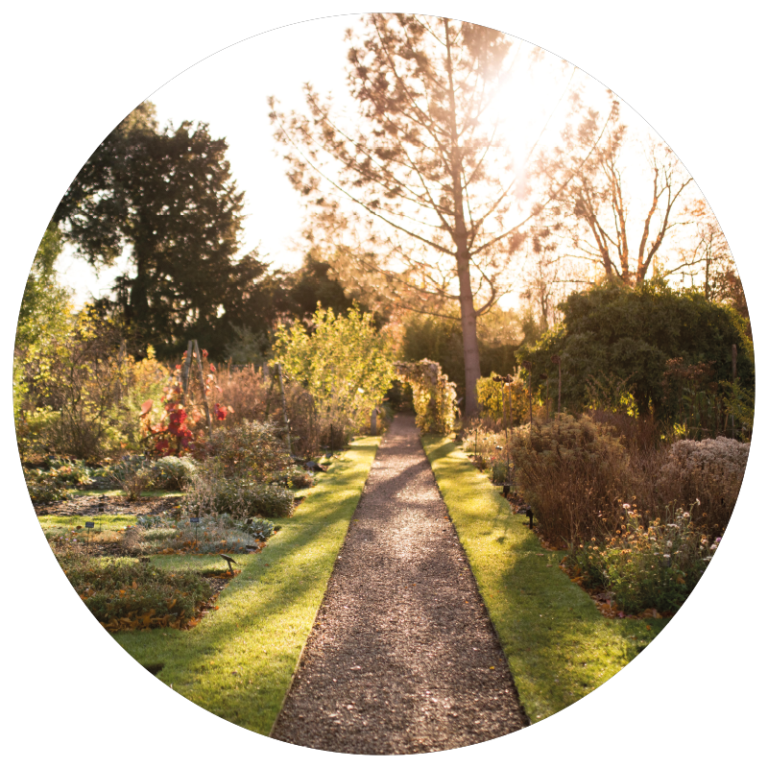
1722
Philip Miller is appointed to run the Garden, a post he holds for 50 years. His book The Gardeners’ Dictionary is still an important horticultural book today.
1723
A heated Glasshouse is built at the Garden, specifically to grow fruit from tropical climates, such as pineapples.
1773
The Pond Rockery is created. It is credited as being the first of its kind in the world.
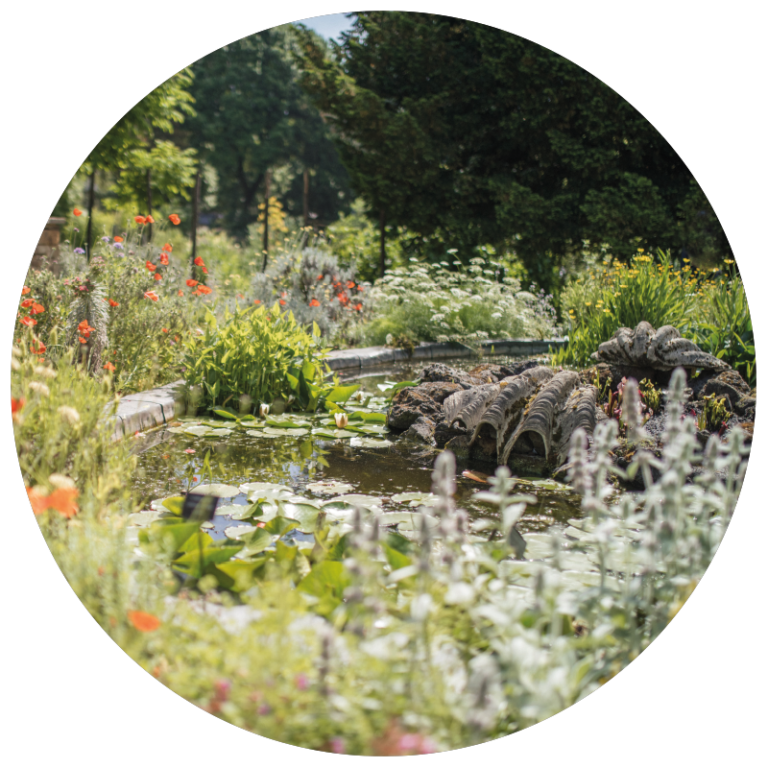
1800s
1817
The horticultural technique of forcing rhubarb is accidentally discovered.
1858
Battersea Park, on the other side of the River Thames to the Garden, opens to the public.
1874
Construction begins on the Chelsea Embankment. As part of this project the Garden loses its Barge Houses on the Thames but gains some land to offset this.
1877
Women are allowed to study medicine for the first time in history of the Apothecaries. The number of students grows rapidly from a few hundred to 3,500.
1895
The study of plants is dropped as a requirement from medical syllabus.
1899
The City Parochial Foundation takes over responsibility for Chelsea Physic Garden from the Apothecaries.
1900s
1902
The range of Foster & Pearson Glasshouses are completed and the Garden is laid out in the Bentham and Hooker classification system.
1920s
The Garden is used for agricultural research.
WWII
The Glasshouses are damaged during the Blitz of World War Two. The structures remain intact, but the glass has to be replaced.
1984
The Peace Pagoda in Battersea Park is built as a shrine to World Peace. It can be seen from the Embankment Gate.
1983
The Chelsea Physic Garden charity is created and takes over the running of the Garden.
1987
The Garden opens to the public for the first time.
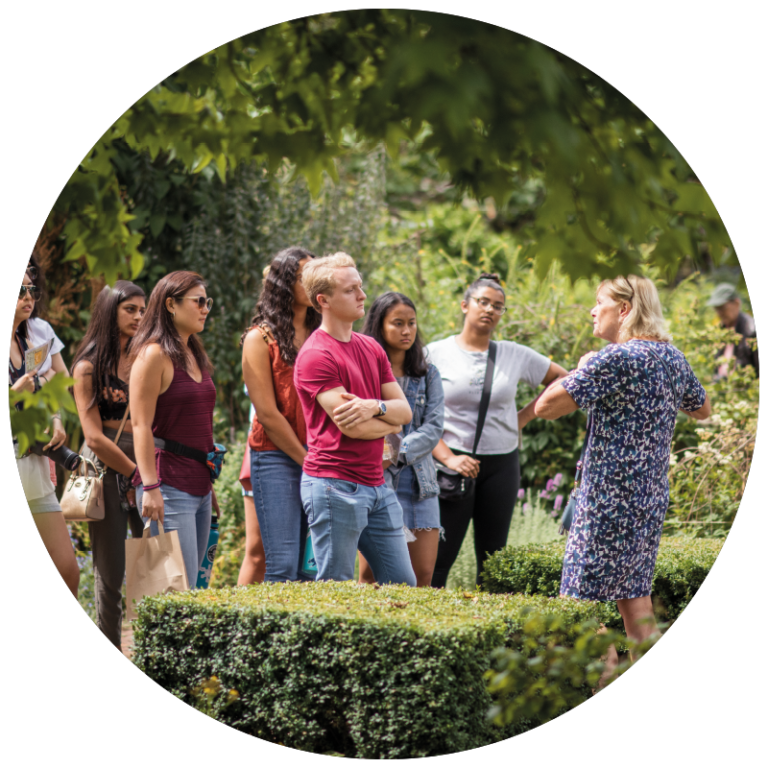
1990
Fiona Crumley is appointed as the first female Head Gardener.
1991
Sue Minter is appointed as the first female Curator of the Garden.
1995
Chelsea Physic Garden Florilegium Society is founded.
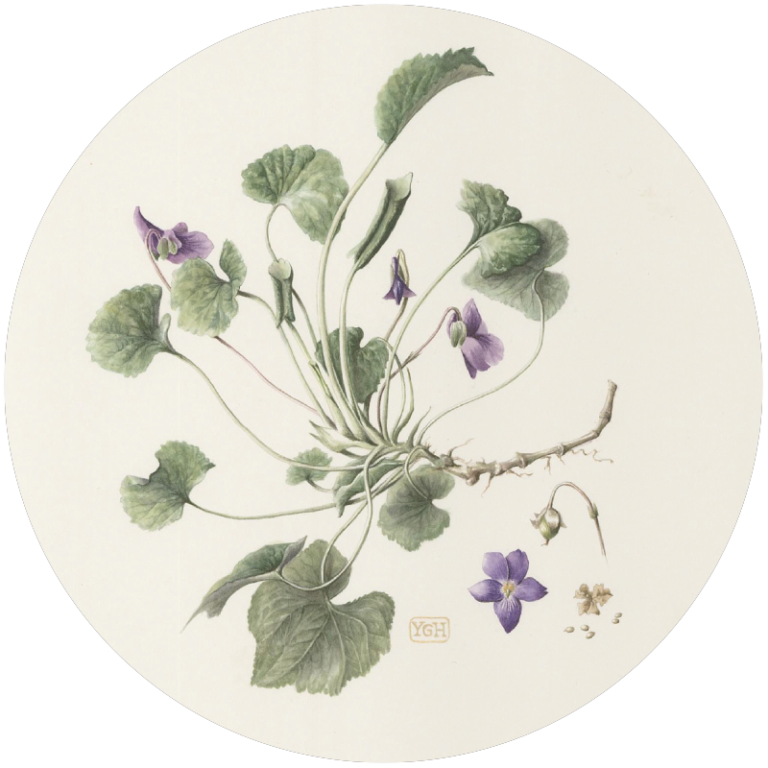
1999
Professor Mary Gibby uses the collection at the Garden to reclassify the Pelargonium genus.
2000s
2007
Outdoor Study Centre opens for learners of all ages.
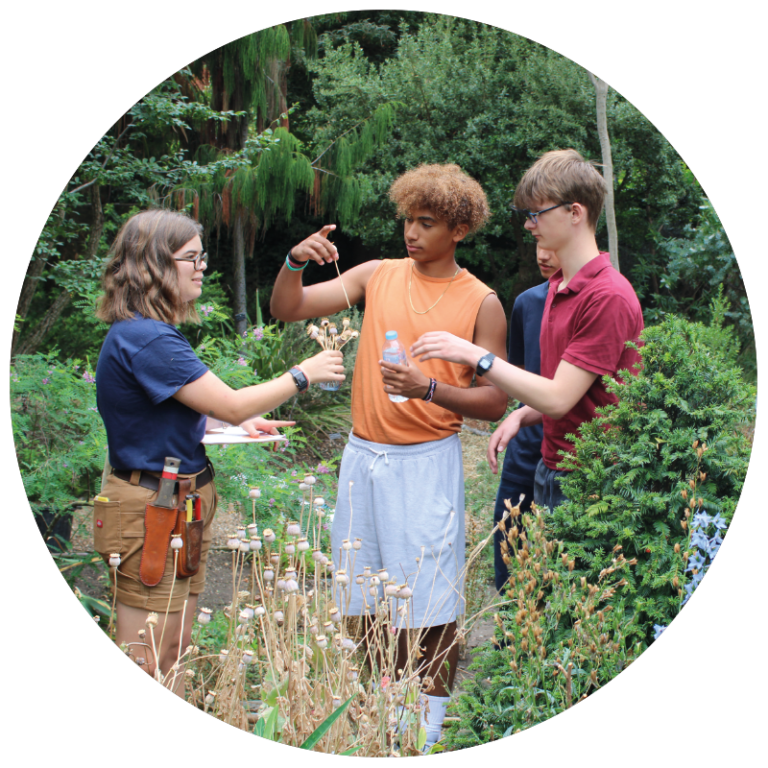
2019
Glasshouse Restoration Project, supported by the National Lottery Heritage Fund begins.
2021
LGBTQ+ History Month and Black History Month are celebrated at the Garden for the first time.
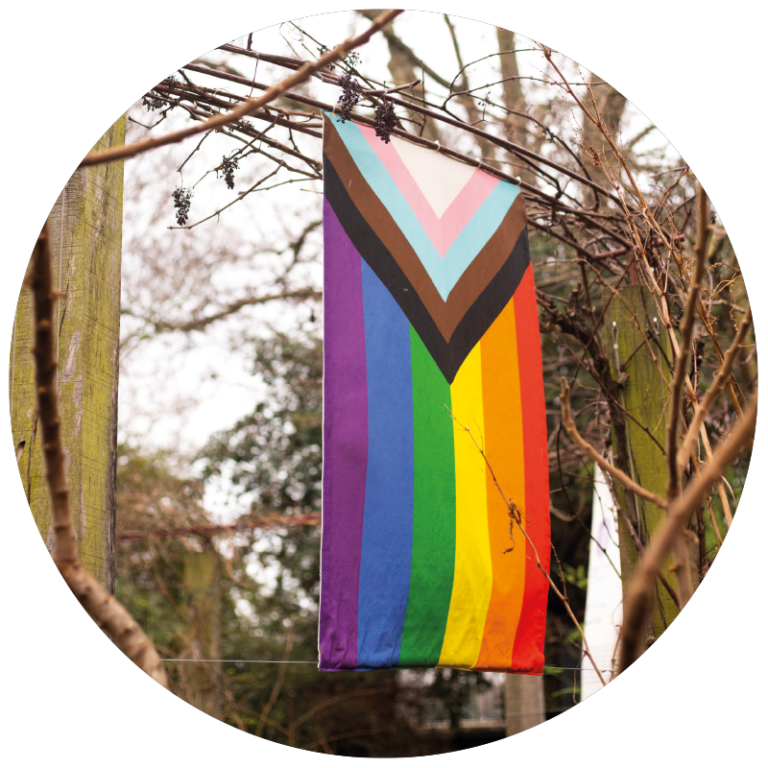
2023
Chelsea Physic Garden celebrates the first 350 years of connecting people with plants.
Timeline image credits: 1685, The Physic Garden, Chelsea: a view towards the river showing the cedars by the wall. Lithograph by H. Warren after J. Fuge © Wellcome Trust; 1694, King Charles II by John Michael Wright, c. 1660–65 © National Portrait Gallery; 1721, © Laura Stoner-New; 1747, ‘The Old Physic Garden of the Society of Apothecaries at Chelsea, 1750’, 1890. Artist: Thomas W Lascelles © Wellcome Trust; 1763, The Pond Rockery © Laura Stoner-New; Visitors © Laura Stoner-New; 1995, Viola odorata ‘Czar’ by Yvonne Glenister Hammond © Chelsea Physic Garden Florilegium; 2007, Outdoor Study Centre © Laura Stoner-New; 2021, LGBTQ History Month © Fikayo Adebajo – LGBTQ History Month
350 Years of Plant Science
The Garden was originally established by Worshipful Society of Apothecaries, as an outdoor classroom to train their apprentices. Apothecaries were an important part of society, offering general medical advice and treatments often made from herbs. At the Garden apothecaries were trained to identify different plants, and to understand their uses. Until the 1970’s students training to be pharmacists, the modern-day apothecary, studied the uses of plants at the Garden.
Chelsea Physic Garden has been a teaching garden for over 350 years. The core principles of discovery, learning and wellbeing are still realised today. Within the Garden visitors can find over 4500 species of edible, useful and medicinal plants that help to tell the story of humanity’s relationship with plants.
Horticulture for Humanity
Each area of the Garden is planted with a specific focus such as edible plants, medicinal plants and poisonous plants. In the Medicinal plant displays, the history of plant medicine is explored. In many cultures around the world health was thought to have come from balance within the body and mind. Plants were often used to help find and restore balance, with herbals being written to aid people in the identification of plants and how to use them correctly. The relationships between people, plants and pharmaceuticals can be found in this area of the Garden.
The most historic of all the planting layouts are the Dicotyledon Order Beds. These beds are laid out using the Bentham & Hooker Classification system that was popular in the late 1800s. Today this system of classification has been surpassed by the use of DNA sequencing. When a plant has its DNA sequenced, we are able to order plants based on genetic similarities instead of physical similarities.
Chelsea Physic Garden has been connecting people with plants for over 350 years. In 1983 the Garden became a charity and opened to the public. Today the Garden is an important part of the London landscape. Throughout the pandemic the Garden was a calming green space that provided sanctity for many Londoners who could walk to the Garden. Today, over 80,000 visitors and learners connect with the Garden every year.
Glasshouses Restoration
The first heated Glasshouse was installed at the Garden in 1723 to grow plants from tropical climates, such as pineapples. It was heated by a stove, allowing Gardeners to mimic growing conditions from around the world. In the Victorian Era a new range of Glasshouses were installed at the Garden. This range of buildings enabled the global collection of plants to thrive. These glasshouses are being restored to further improve the conditions for the plants, reopening in September 2023.
Leaders in Horticulture
As the second oldest Botanic Garden in the UK (the oldest is Oxford Botanic Garden), developments and discoveries made at Chelsea Physic Garden have had big impacts. One such discovery was the forcing of rhubarb. Believed to have been accidentally discovered when a Gardener found rhubarb growing underneath a bucket. The rhubarb had grown straighter and taller than it did normally, leading to the forcing of rhubarb becoming a well-known horticultural technique.
Phillip Miller was the Head Gardener from 1722 to 1770. He was an expert in mimicking growing conditions from across the world. He classified many plants in the west for the first time. In 1731 he published the Gardeners Dictionary which gave practical advice on the latest methods of plant cultivation and the science of botany. It was so popular that eight editions were printed during his lifetime for readers in Britain, and beyond.
Many of the Head Gardeners and Curators of the Garden have impacted botany hugely. Such as Thomas Moore, Head Gardener from 1848 – 1887, who made the Garden the foremost collection of medicinal plants in Britain and oversaw the building of the Cool Fernery. In 1990, Fiona Crumley was appointed as the first female Head Gardener.
Global Impact and Colonial Legacy
In Europe from the late 1400s, people began to travel in search of profitable and useful plants. These Plant Hunters transported many plants across the world. For example, potatoes from modern-day Peru and Bolivia were first introduced to Spain in 1570. Today, we understand that the work of European Plant Hunters was dependent on the help and support of many skilled indigenous people. Robert Fortune is one of the most famous British Plant Hunters. He was the Curator of Chelsea Physic Garden from 1846 to 1848. He left the Garden when he was recruited by the British-owned East India Company to commit an act of horticultural espionage. Fortune was sent to China to illegally obtain Camellia sinensis, the tea plant. The production of tea in China was a closely guarded trade secret.
In the 1680s, Sir Hans Sloane, trained at Chelsea Physic Garden. This enabled him to have a lengthy career as a notable physician and scientist. After studying, he worked as the personal physician to the Duke of Albemarle in Jamaica, which was then a British Colony. Sloane returned to England and bought the manor of Chelsea. This estate was made up of 166 acres of land, including Chelsea Physic Garden. In 1722, Sloane agreed to rent these four acres to the Worshipful Society of Apothecaries for £5 per year in perpetuity. This ensured that the Garden would forever be used as a place to teach people about plants.
Like many figures of wealth and high social standing, Sloane benefited from the transatlantic slave trade in multiple ways. Enslavement was legal and accepted in England at this time. Sloane wrote detailed accounts of his time in Jamaica. These records show that enslaved Africans and indigenous people provided Sloane with knowledge to advance both his botanical research and understanding of the human body. As a young doctor, Sloane treated enslaved people and his own records show that he did not always treat them with compassion. His wife Elizabeth Langley Rose, inherited sugar plantations in Jamaica which profited from the labour of enslaved people. This provided great wealth for their family.
To ensure that the knowledge of local and indigenous communities is respected, credited, and protected for the future of humankind The Nagoya Protocol was established in 2010. It ensures permission is obtained to use plant knowledge and ensures profit sharing. Chelsea Physic Garden supports the Nagoya Protocol by raising awareness and always verifying the sources of our plant collections.
350 YEARS
1673
Apothecaries lease site from Charles Cheyne
1681
First stove house built at Chelsea
1722
Sloane grants Covenant to the Society of Apothecaries
1732
Original building, Orangery & glasshouses established
1752
Philip Miller publishes Gardener’s Dictionary
1899
(to 1983) The City Parochial Foundation take responsibility for the Garden
1836
John Lindley is appointed as Praefectus Horti (1836–53), later Secretary to the Royal Horticultural Society
1902
Foster & Pearson glasshouses completed
1941
Glasshouses receive direct hit in WWII Blitz
2002
Cool Fernery repaired
2018
NLHF supports Glasshouses Restoration project
2023
Chelsea Physic Garden celebrates 350 years anniversary

